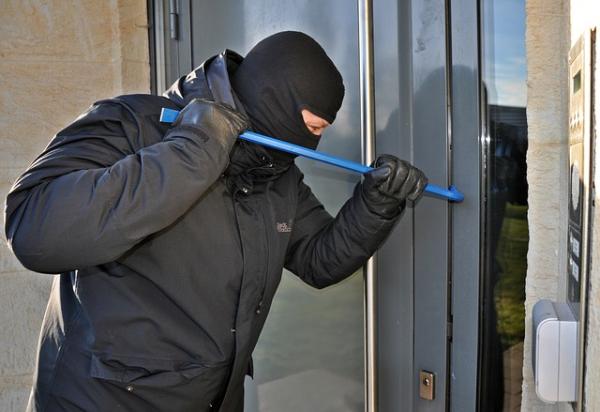Previous study has suggested that as the air temperature increases, so does crime. It might be because the stress of heat makes you view everything, especially personal interactions, a bit more aggressively leading to more violent crime, the temperature-aggression hypothesis. Or perhaps warmer weather brings out more people and creates more criminal opportunity in general, so there would be more property crimes too, the routine activities hypothesis.
The model used by researchers in this case, unlike prior “back of the envelope” estimates, incorporated regional variations in crime and climate. Using a variety of statistical techniques, they took local crime rates and climate anomalies over 34 years (mild winter, cool summer, etc.) to derive a change in violent crime per degree Celsius. They also made use of established climate models reflecting the range of “scientific uncertainty” when it comes to these predictions. The researchers use two scenarios, one reflecting a “middle of the road” climate model, and another a “business as usual” view of climate change for a period of about 60 to 70 more years. They also abstracted out the impact of changes in temperature by 1.5 to 4°Celsius.
The Results
- In each instance, higher temperatures lead to more violent crime. The middle of the road model for the Northeast leads to a monthly increase in violent crime by 4.8% by the end of the century, for the more extreme model, an 8% increase. A 1.5° C increase resulted in a 1.8% in violent crime; a 4°C increase leads to a 7% more violent crime. But as the researchers note, as the temperature climbs, so does the uncertainty.
- When the researchers aggregated all the regions across the US, the most extreme climate model was associated with a 2.5 fold increase in violent crimes from the 2014 baseline statistics by the turn of the next century.
- Annual crime in the US varies by tens of thousands of crimes. The middle of the road scenario for warming stayed within those projected variations, but the more business as usual situation pushed the boundaries suggesting a rise in violent crimes.
All models have limitations; this is no exception. The first limitation is that the effect of a degree change in crime is treated as a static linear change, and that is an assumption without proof. The second limitation is more important.
“Criminology and the factors governing variability in crime rates are complex and dependent upon a number of non-environmental factors including, but not limited to, police force strength, broad socioeconomic trends, and demographics.”
Where are we left?
It is fair to consider that global warming may increase violent behavior, but these numbers, as scary as they may seem, are not much better than the “back of the envelope” calculations they are meant to replace. None of those non-environmental factors were taken into account, factors that would lower crime and reduce that scary number.
Source: Global warming to increase violent crime in the United States Environmental Research Letters DOI: 10.1088/1748-9326/ab6b37




